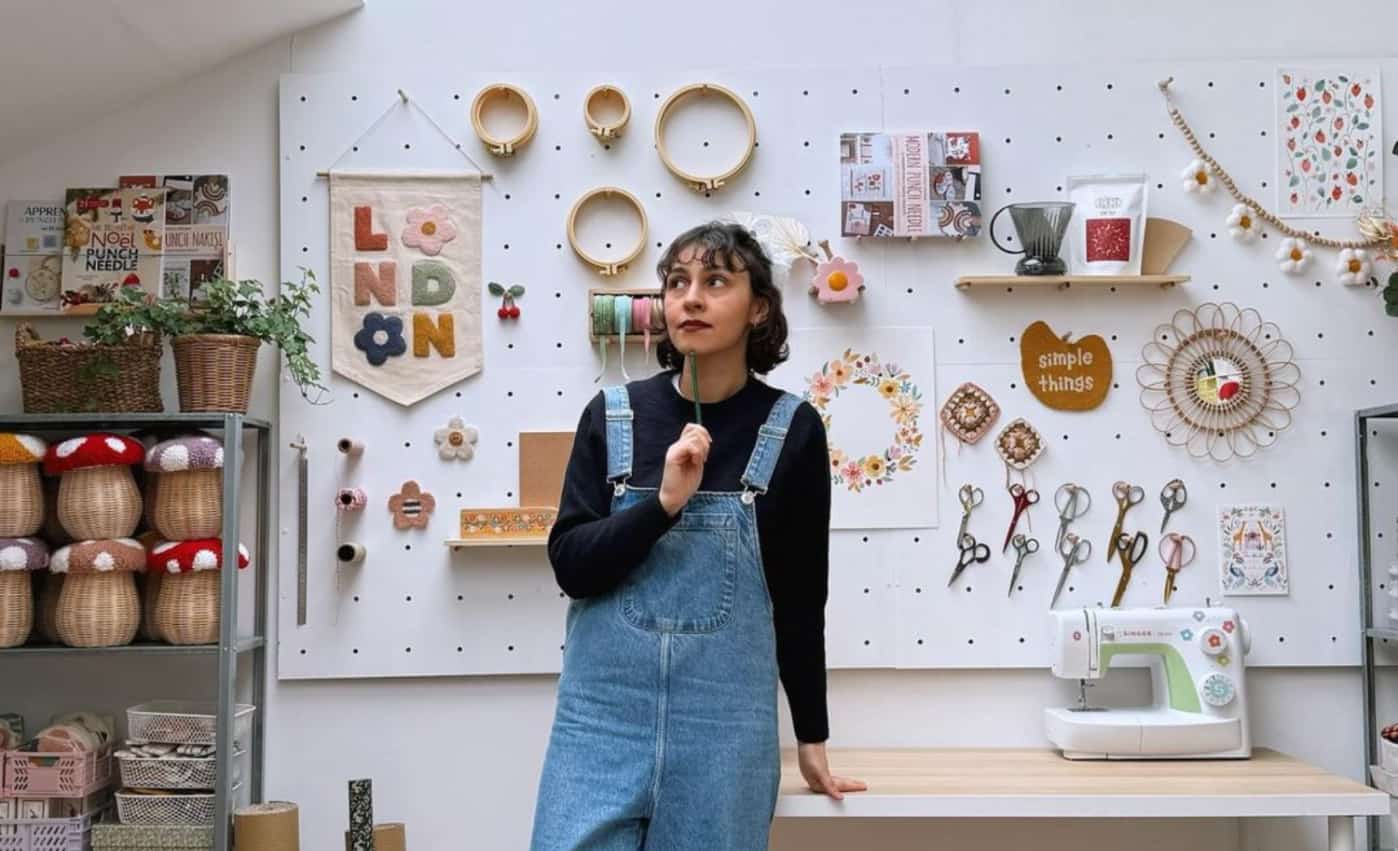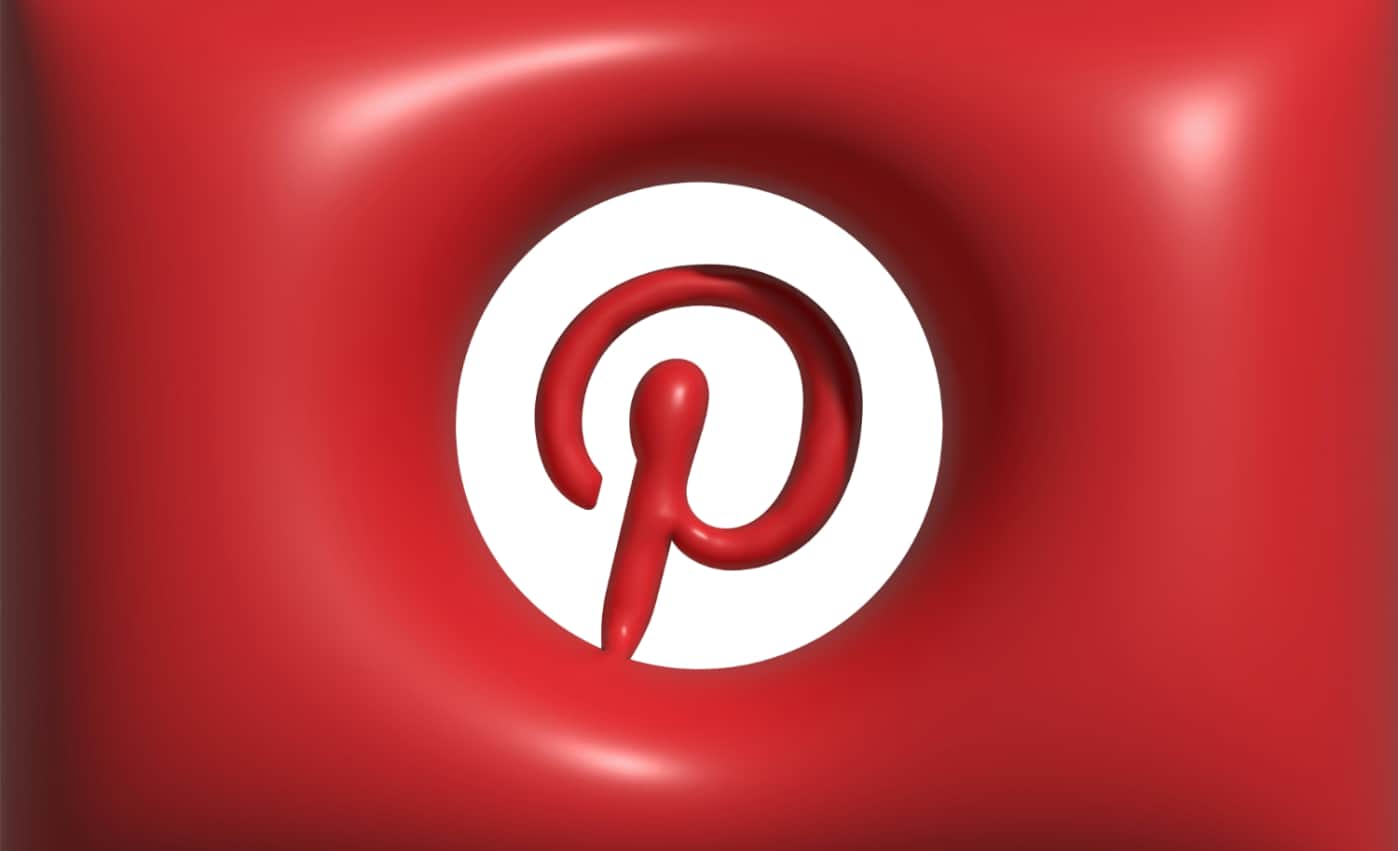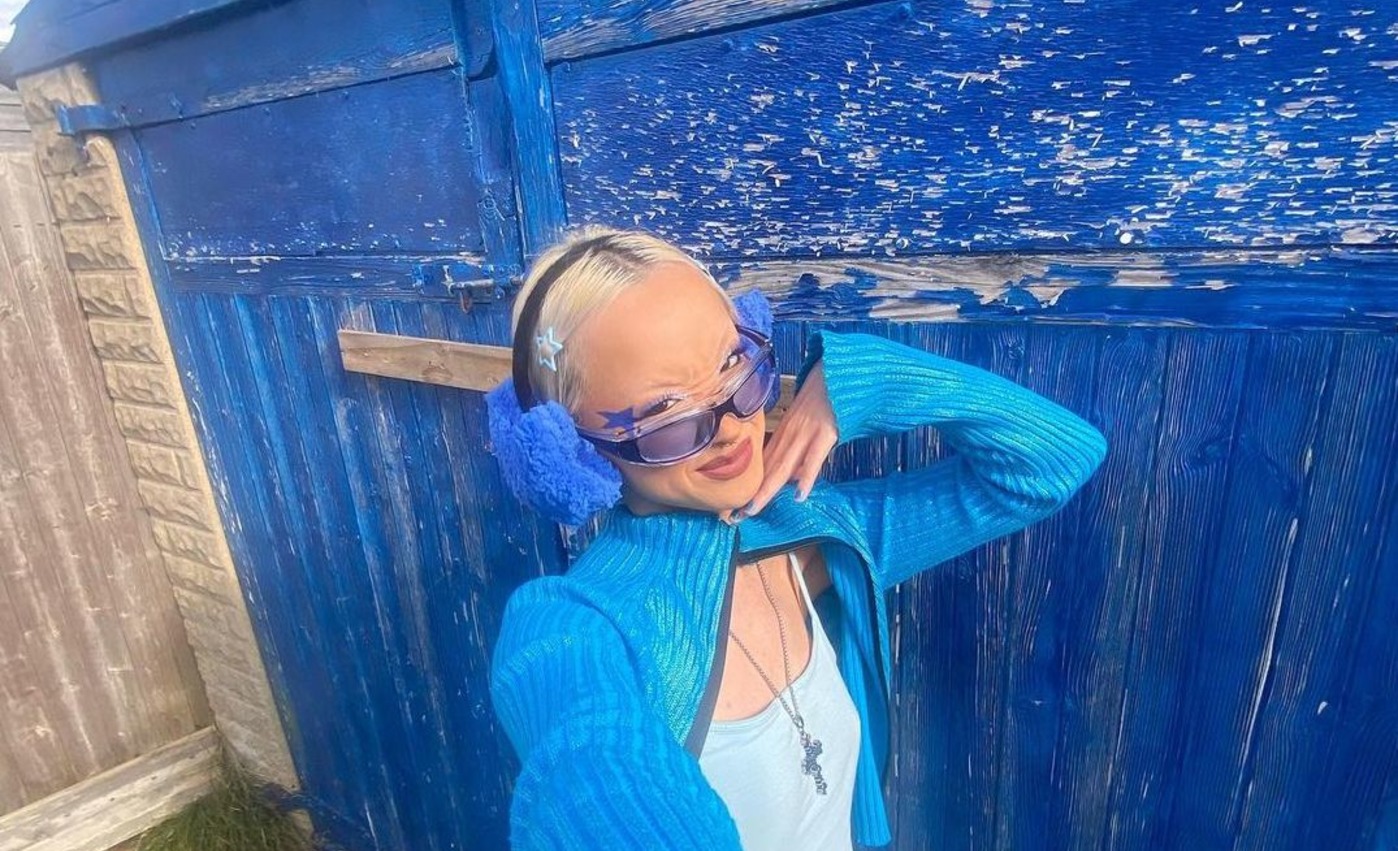“We call ourselves a personal media platform and think about it as a solo experience rather than a social experience – and that’s a big difference from some of the other social media platforms out there,” Michelle Pinchard, strategic partner lead at Pinterest, tells CORQ. She has been with the company in a variety of roles since 2017, and is now working on the UK market specifically.
Founded in 2009 and made available to the public in 2012, the core function of Pinterest has stayed the same throughout – a positive platform to find inspiration for the future. “Our users are looking to come to Pinterest to focus on themselves, focus on their dreams, their inspirations, and bringing that into reality,” Pinchard says. She also highlights that Pinners (Pinterest users) are inherently forward-looking – the platform is about planning ahead, whether that means for tomorrow’s dinner or a dream home in ten years. Its aspirational nature is appealing to brands, which can position its products in users’ future dream lives.
Pinterest’s 2023 Q4 revenue grew by 12% year-on-year and its global monthly active users hit an all-time high of 498 million. A good chunk of these Pinners are Gen Z, who now make up more than 40% of the app’s demographic and its fastest-growing audience. Traditionally associated with Millennials, the app has truly become a Gen Z favourite. “They’re not having to worry about trolls, comparison or peer pressure. On Pinterest, they’re able to come and be purely themselves,” Pinchard says. While commenting is possible, saving content is the main function of the platform, which shows high intent from users to return to the site and utilise the content further. “We call ourselves the positive corner of the internet for a reason,” Pinchard says, and highlights that trolling is a lot less prominent than on other socials.
“Pinterest’s mission is to create a life that we love. And that’s for everybody everywhere,” she says. The company has invested in making its platform an inclusive and diverse space. In June 2022, it launched its Creator Inclusion Fund in the UK, first focusing on the LGBTQIA+ community, with successful applicants awarded a five-week training programme. The following year, the company announced its fund would start supporting Black creators through training and a cash grant. “It really impacts that positive user experience for as many people as we can and that’s something we’re always striving towards,” Pinchard says. In September 2023, Pinterest also launched an industry-first AI technology, designed to increase body representation on the app.
“You don’t need to be a celebrity, a household name or a macro creator to find great success on the platform. The playing field is really levelled on Pinterest,” Pinchard says. She encourages brands not to focus too much on follower size when working with creators, but rather content quality, expertise and creativity. Take illustrator Anna Featherstone, who has 677 Pinterest followers but more than 58,800 monthly views, or Carissa Lam, who has a following of 305, yet monthly views of more than 98,000.
You may also like
It’s worth noting both organic content and campaigns have a longer life cycle than on other platforms. “It’s not necessarily going to have an overnight success on Pinterest, but it might have fantastic success over three months, six months, even a year,” Pinchard says. Most brands opt for boosting the sponsored content to gain more traction on the app, especially when working on time-sensitive campaigns or launches.
“Pinterest content is evergreen,” Pinchard points out and adds: “Once it clicks, [creators] understand that their content can work harder for them for longer.” Feminist creative and illustrator Meg Garrod is an example of a Pinterest creator who has used this to her advantage – she has 12,900 followers and more than 569,000 monthly views. Her content is a mix of fashion inspiration, artwork, body positivity messages, dopamine interiors and DIY tutorials. She worked with LUSH in the lead-up to Halloween and Christmas, and partnered with Cricut to create a Christmas banner tutorial and festive feminist jumper.
Pinterest also partners with creators – for example, London-based lifestyle influencer Ariel, who worked with the platform to share a crochet bikini top tutorial and outfits to go with the tote bag from her own brand. The platform teamed up with Marj Moore on a series of posts, from study space inspiration to cargo styling tips, and with Leal Alexander to share scalp care advice, per the company’s 2023 trend report. Pinterest has worked with creators on Instagram as well, such as Florence Robertson, who shared her key takeaways from the 2024 Pinterest Predicts report.
The influence of Pinterest content has also branched out of its native platform – #Pinterest has been tagged in more than three million TikTok videos and #PinterestAesthetic in more than 2.4 million Instagram posts. The platform is often at the forefront of trends, as it is a destination for future planning. This is also why its annual Pinterest Predicts report is so insightful – 80% of its forecasted trends come to fruition. According to a study with data research company Black Swan, Pinterest trends take off 20% faster than trends across other platforms in their first six months. “Trends are built on Pinterest, and they also last much longer. So the early adopters will be there, and also people who are tapping into the trends later on,” Pinchard says.
Pinterest may have kept to its principal values for a decade and a half, but it has also evolved. “I think the core difference from 15 years ago is the ability to shop on the platform,” Pinchard says. In fact, 46% of weekly Pinners have discovered a new brand or product on Pinterest and 89% use the app for inspiration on their path to purchase. Additionally, shoppers spend 40% more per month than users on other platforms. “One of our missions is to make every piece of content you’re seeing on Pinterest shoppable,” Pinchard says. With this goal, there’s no doubt every brand should be looking to implement Pinterest in its social strategy.
By Dina Zubi, CORQ news and features writer. Picture credit: Michelle Pinchard










